Steps to a perfectly organised refrigerator
A tidy fridge, a tidy mind
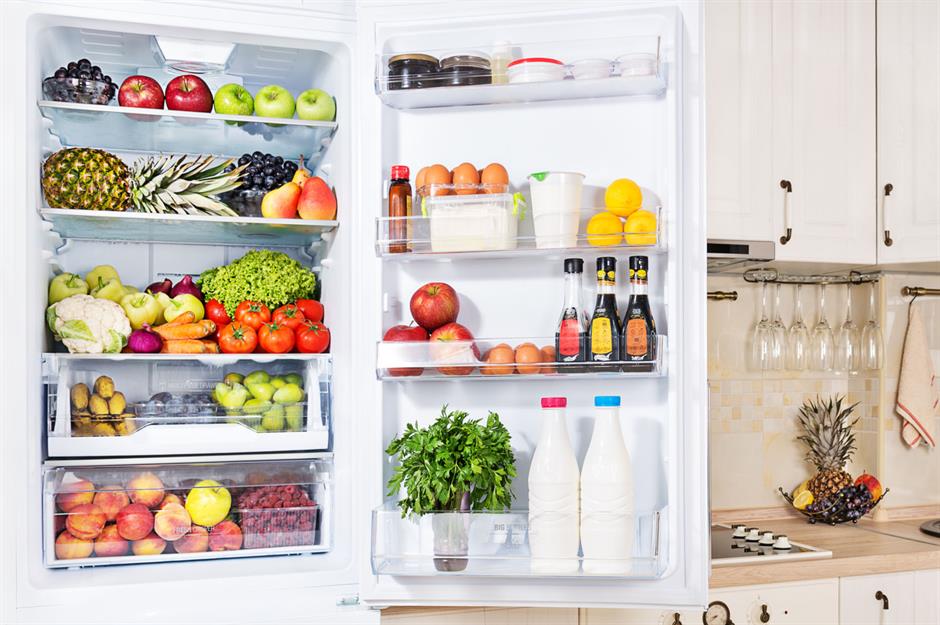
Check your fridge's temperature
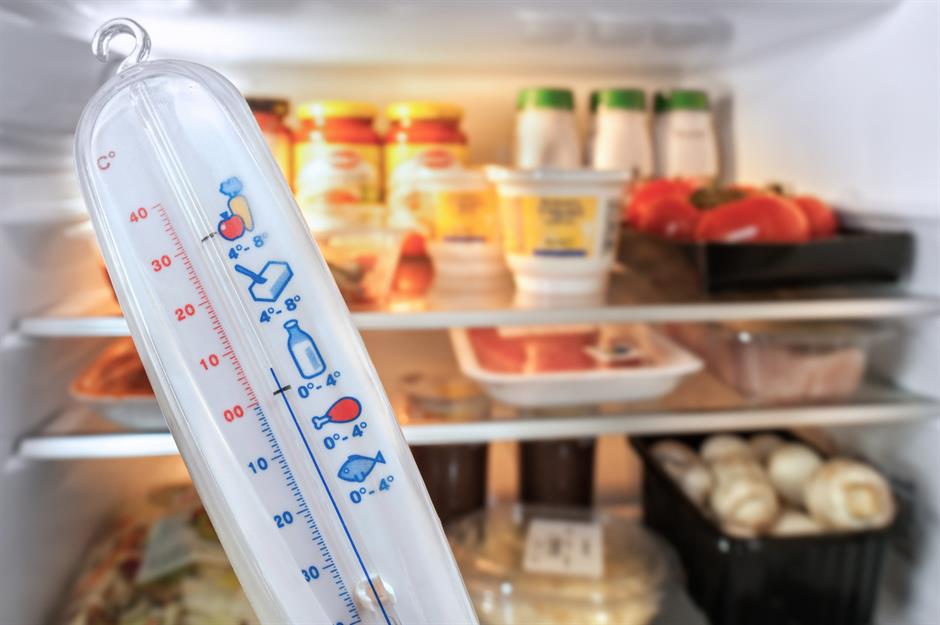
It sounds obvious but it's worth checking your fridge's temperature. A fridge should be set to 4°C (40°F) to keep harmful bacteria from growing. Your fridge may have a thermometer or, alternatively, they’re cheap to buy. Any higher than 4°C (40°F) and you might be putting yourself and your household at risk.
Store new groceries at the back
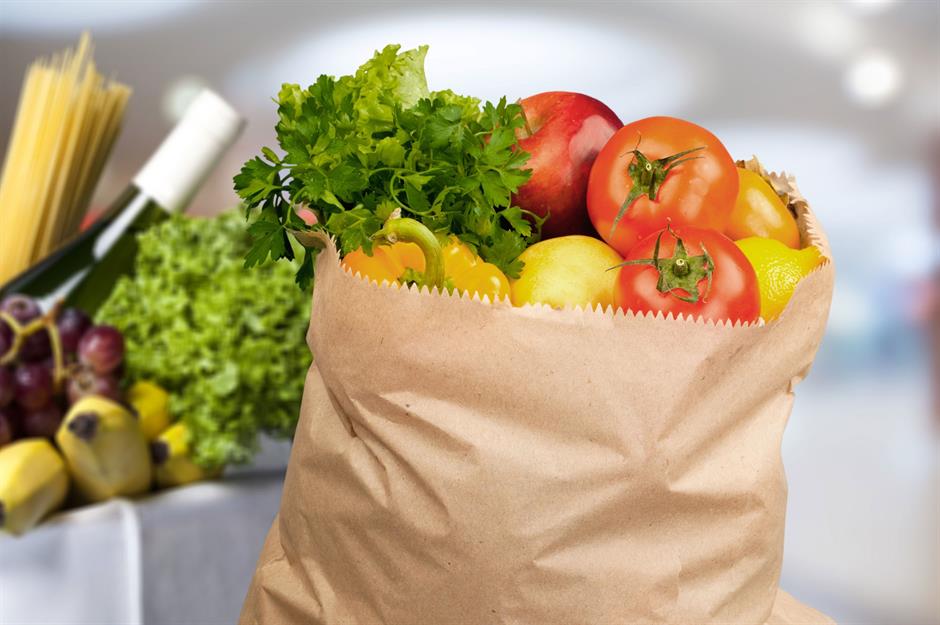
Don’t overstock
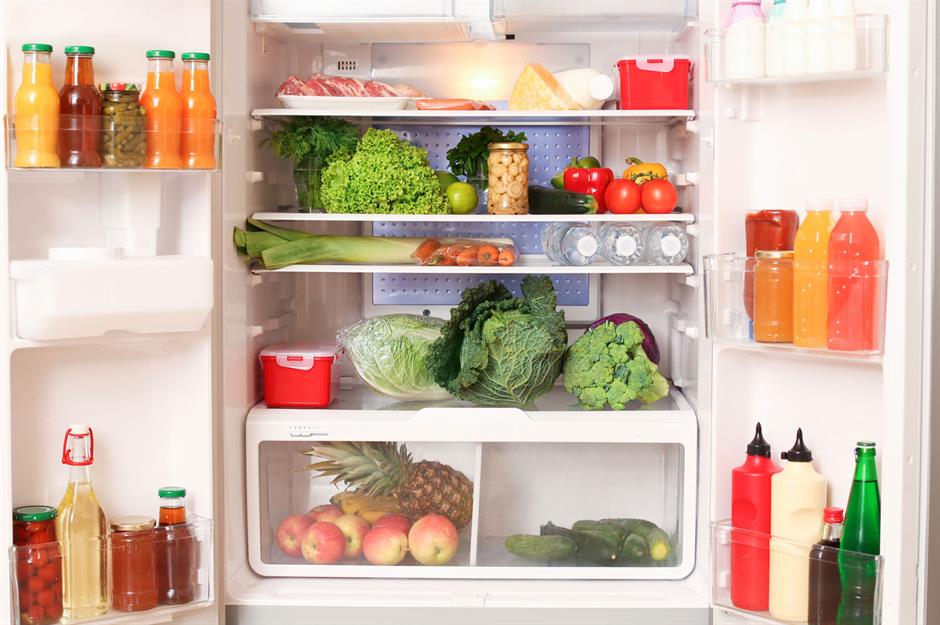
Only keep open jars in the fridge
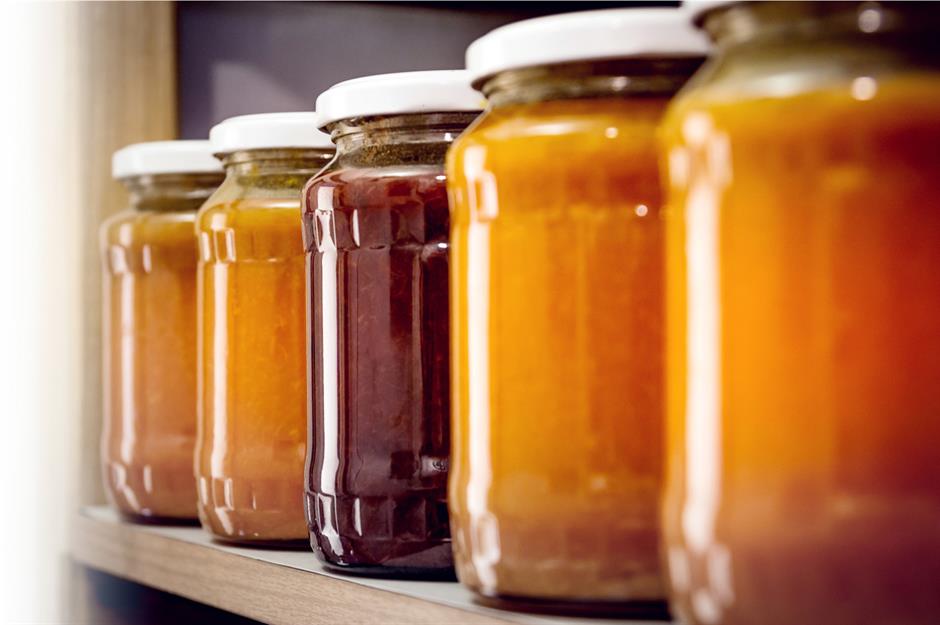
Some foods need to be kept in the fridge to stop them going off, for example meat and dairy. However, many products, such as shop-bought jam, mustard, mayonnaise and juice from concentrate, can be kept in the cupboard until opened. After opening, they need to be refrigerated.
Store water, juice and jars in the door
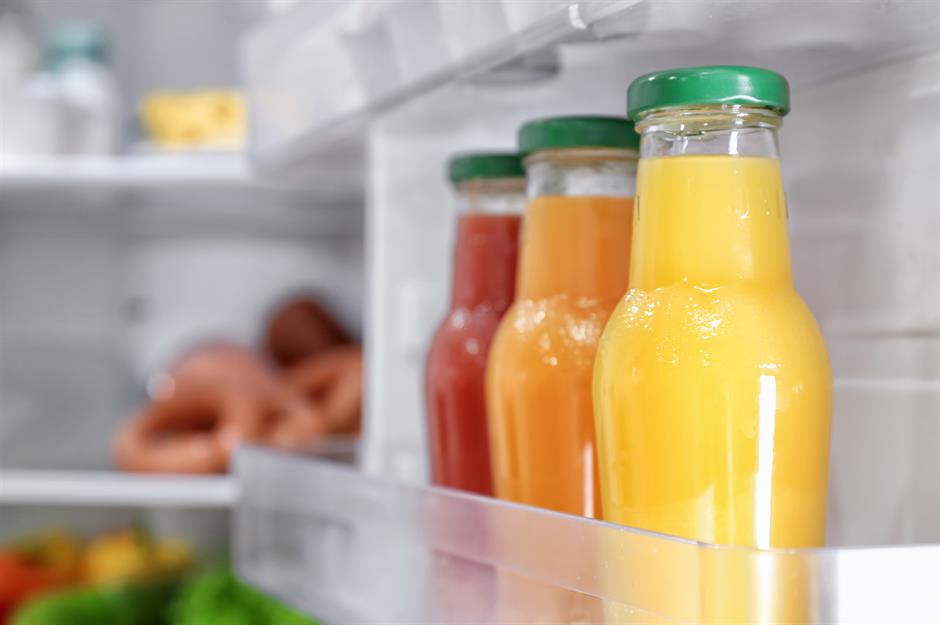
The fridge door is the warmest part of the fridge so anything that needs to be kept chilled, such as milk, shouldn’t be put there. Reserve this space for water, juice, condiments, pickles, jams and spreads – products that have natural or added preservatives.
Store condiments in turntables
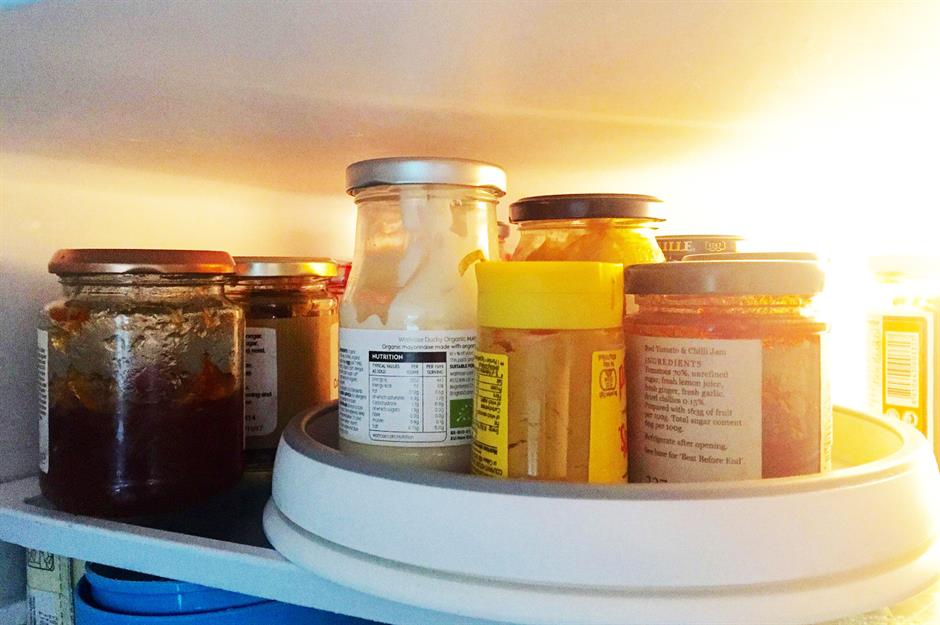
Understand crisper drawers
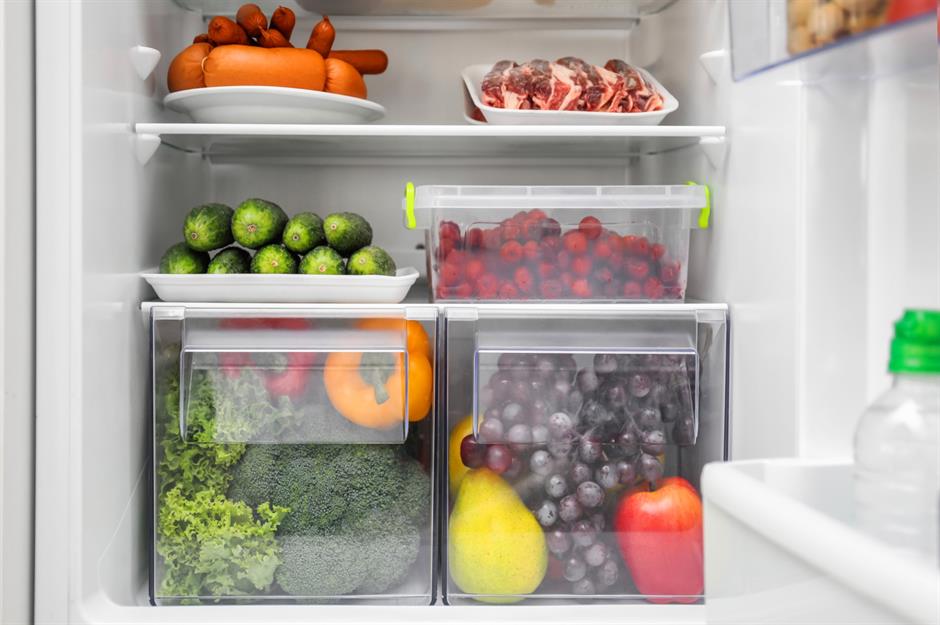
Crisper drawers are designed to control humidity (some have an adjustable vent at the side and when it's closed, humidity increases) and prevent food touching the back of the fridge. Thin-skinned and leafy produce such as strawberries, spinach and lettuce fare best here, where it’s humid and they’re sheltered from the cold walls.
Keep ethylene-producing fruit separate
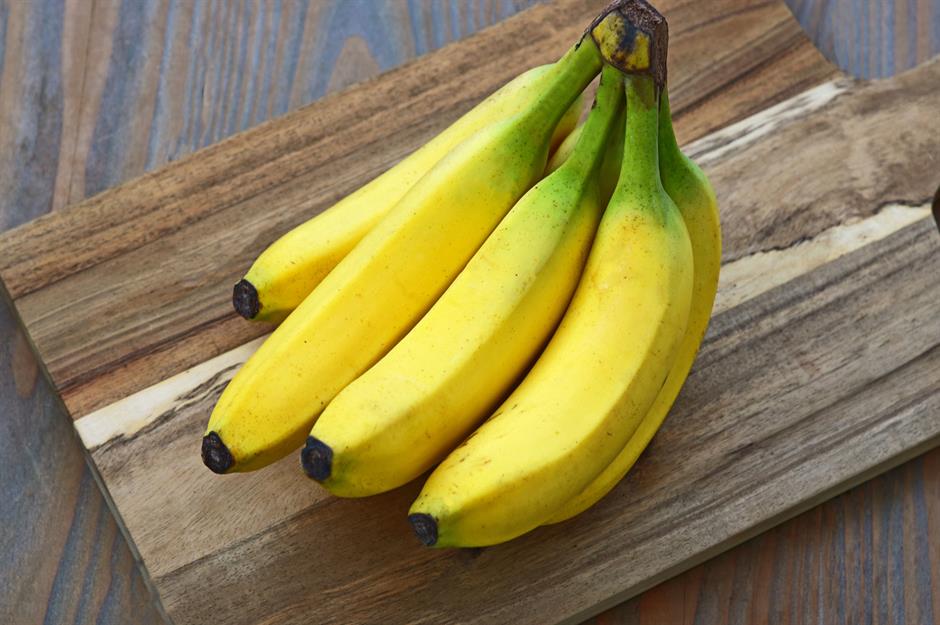
Some fruits like melons, apples, bananas, pears, avocados and stone fruit (such as peaches and nectarines) produce a chemical called ethylene. It causes some produce, such as greens, unripe bananas and berries, to ripen and spoil faster. Keep sensitive items in one drawer with the vent closed (which also helps with humidity). Store ethylene-producing fruit in the other drawer with the vent open, or outside the fridge.
Leave melon and ripening fruit outside
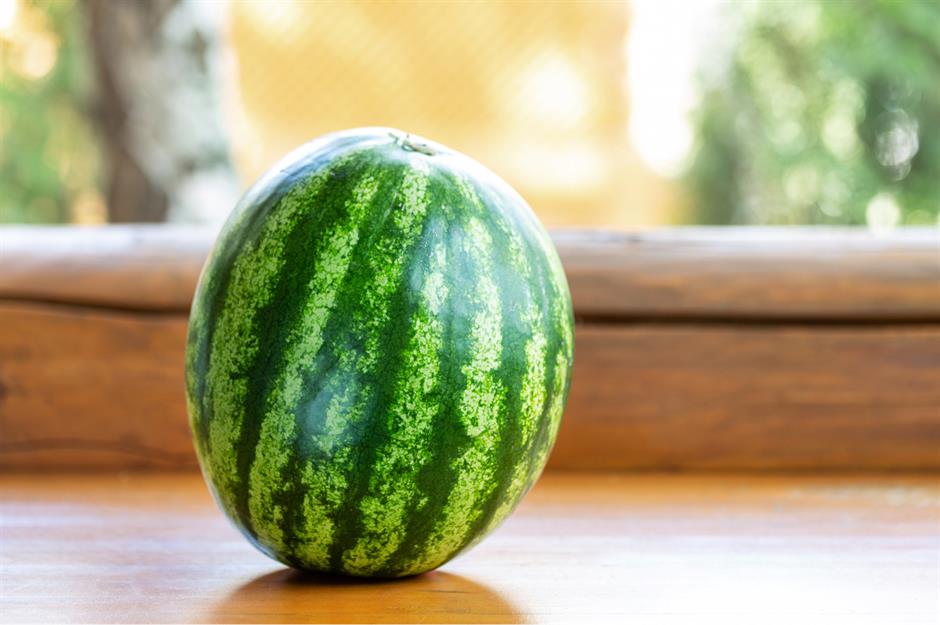
Unripe fruit should stay outside of the fridge as cold temperatures hinder the ripening process. This includes unripe avocados, green bananas, hard peaches, plums, tomatoes and melon. Ripe fruit or produce that’s cut should be stored in the fridge.
Don’t store potatoes, onions or garlic in the fridge
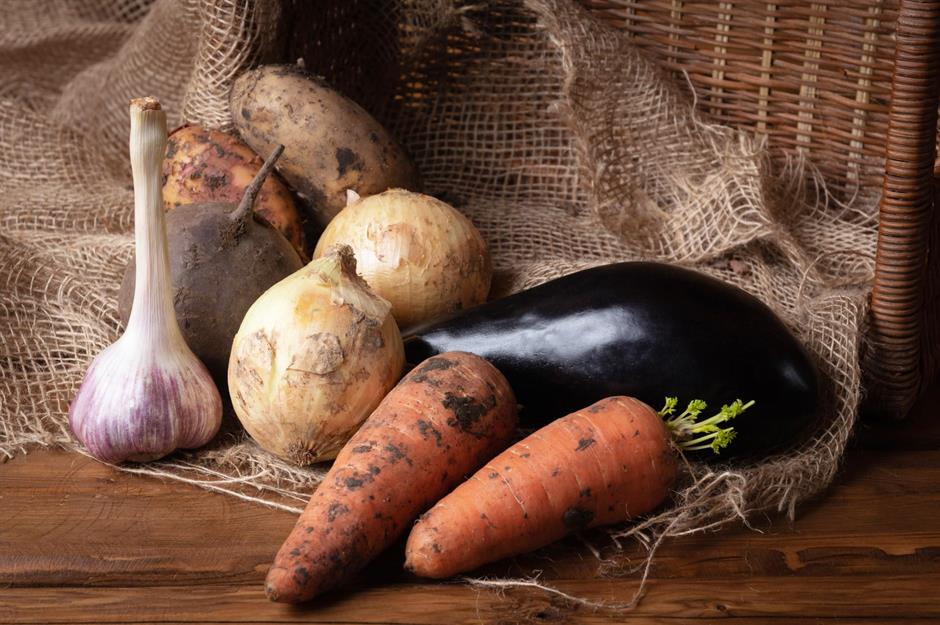
Potatoes, onions and garlic will last a whole lot longer if stored in a cool, dark and well-ventilated cupboard or pantry. The humid conditions of the fridge will cause them to sprout and deteriorate. Once peeled and chopped, garlic and onion can go in the fridge.
Invest in an ethylene absorber
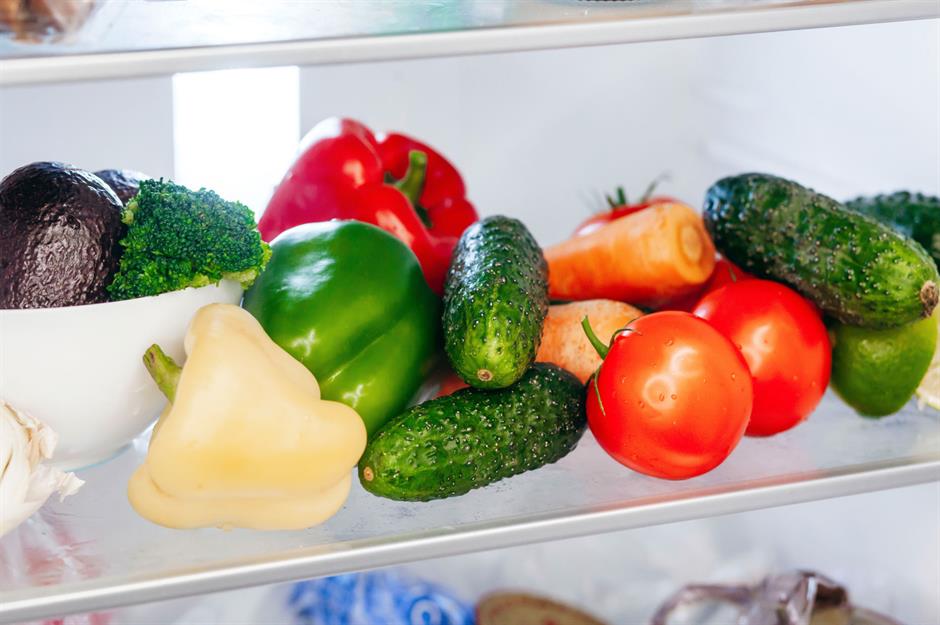
Dry fruit and veg thoroughly
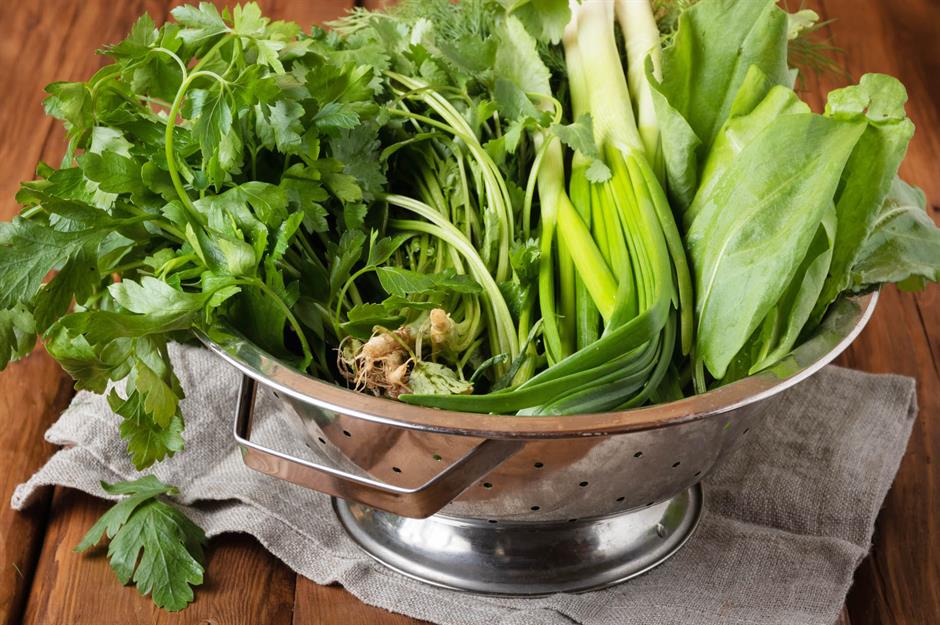
Put paper towels in salad bags
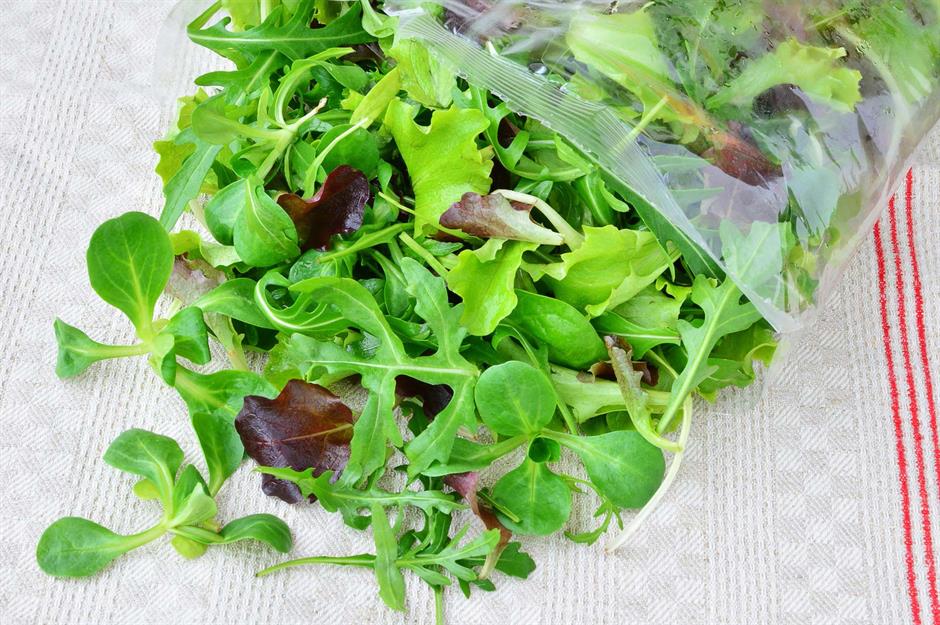
Store hardy greens in a paper towel
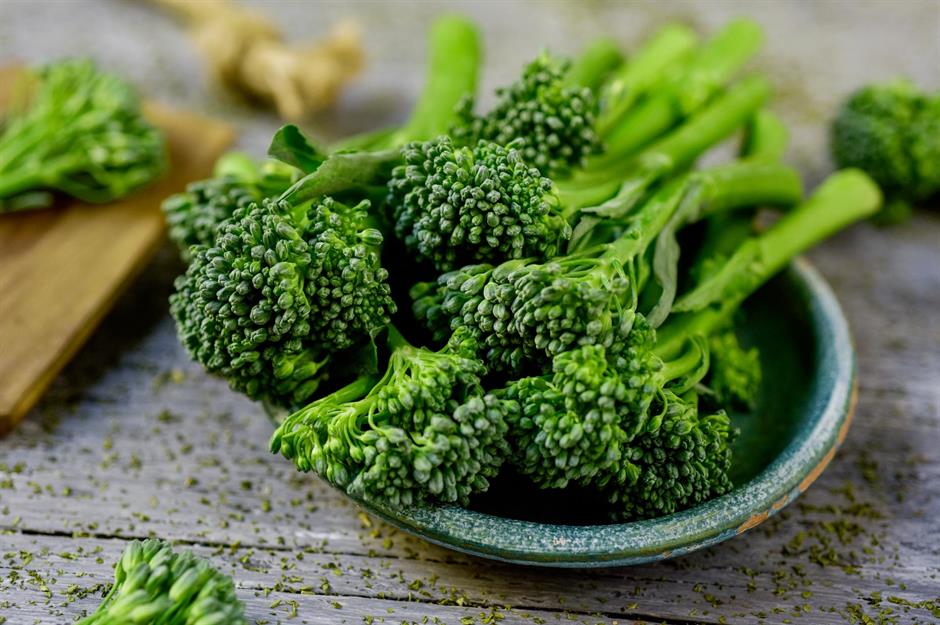
Store carrots and hard herbs in a damp cloth
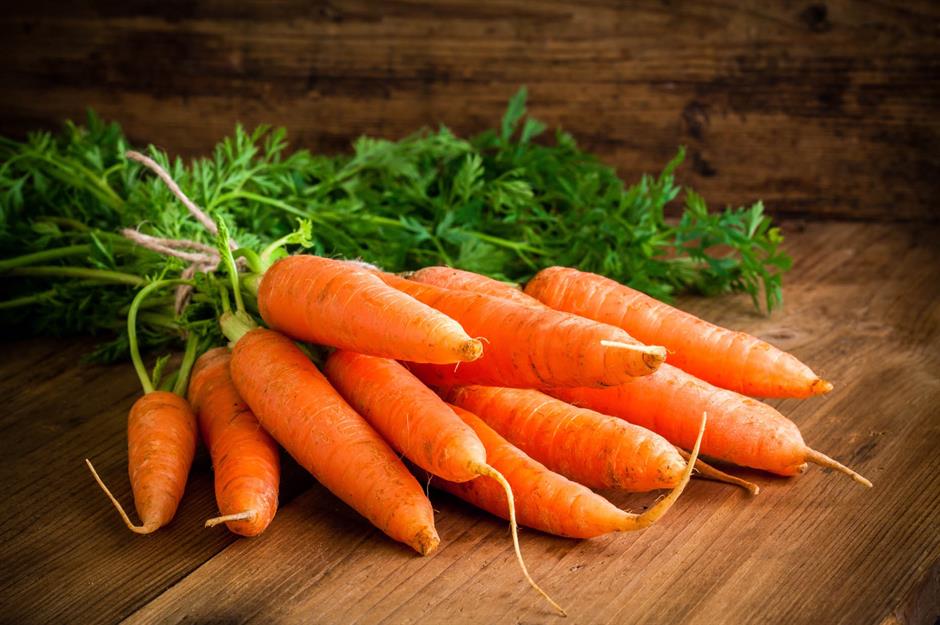
To keep them nice and crisp, wrap carrots, parsnips and turnips in a slightly damp paper towel or dishcloth (if they have leafy tops, remove them) before storing in a resealable bag in the fridge. This technique also works for fresh, hard herbs like rosemary, thyme, marjoram and oregano.
Don’t store soft herbs in the fridge
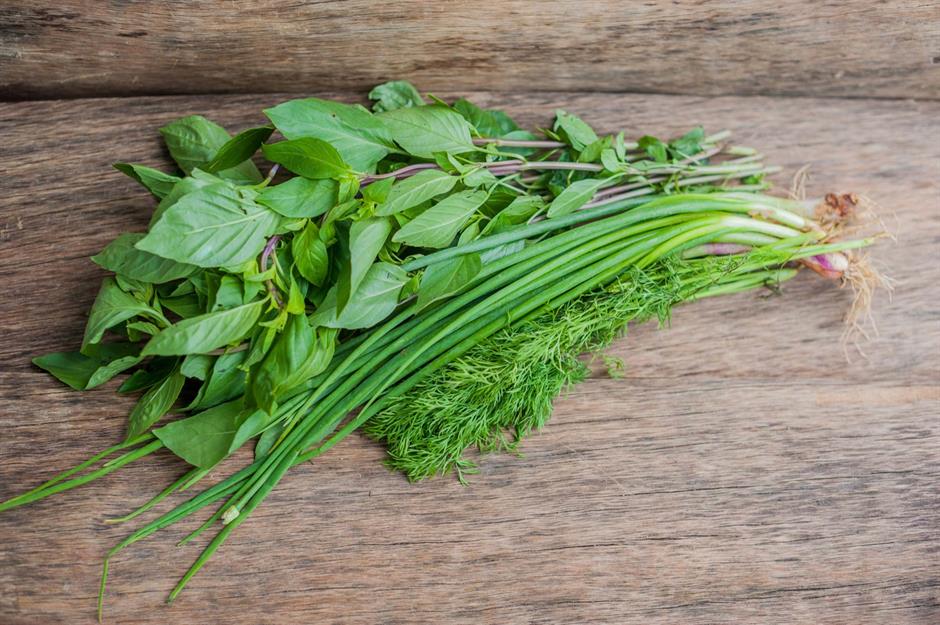
Store meat and fish on the bottom shelf
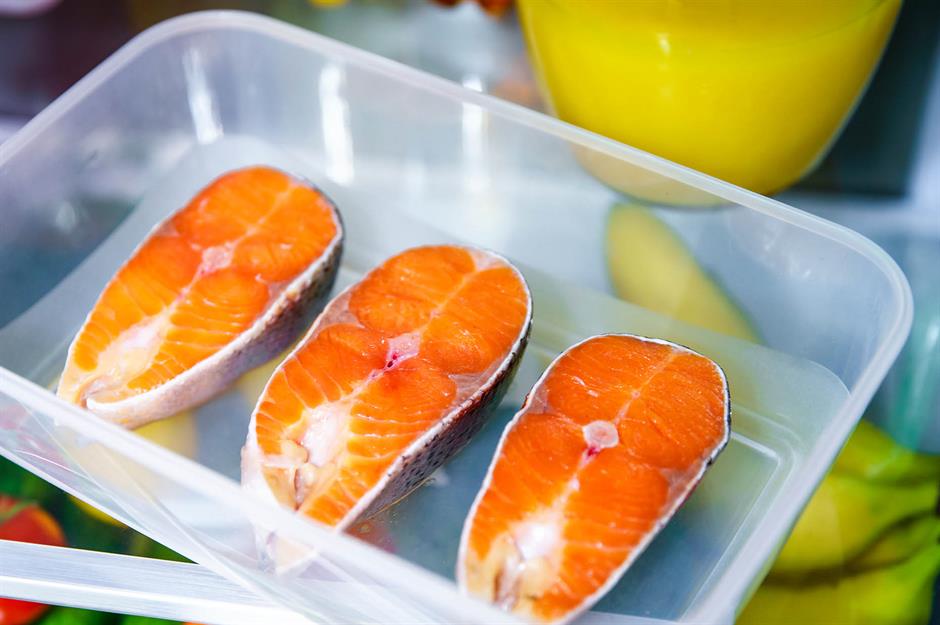
The bottom shelf is the coldest part of your fridge and is where food that can spoil quickly if not kept cold, such as meat and fish, should be placed. Another reason to store it here is to prevent juices dripping onto and contaminating other foods.
Keep dairy on the middle shelf
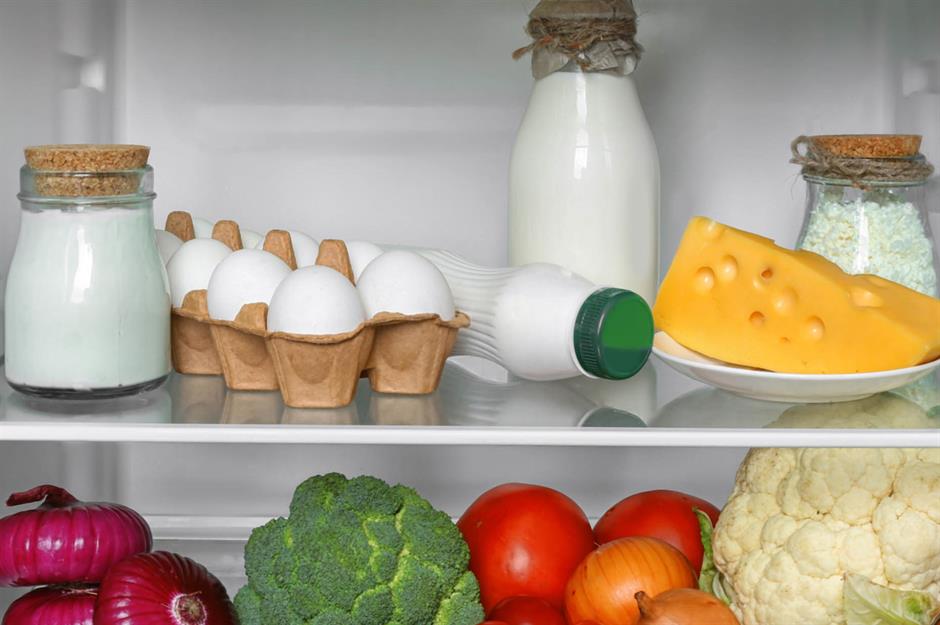
The second coldest part of the fridge is the middle shelf and where your dairy should go, including milk, cream, yogurt, eggs (if you’re in the US; advice is different in Europe) and cheese. If your milk won’t fit, decant it into a smaller bottle or lay it on its side. Butter is fine in a covered dish on the kitchen counter for three weeks to a month, if the outside temperature isn't too hot.
Ready-to-eat food should go at the top
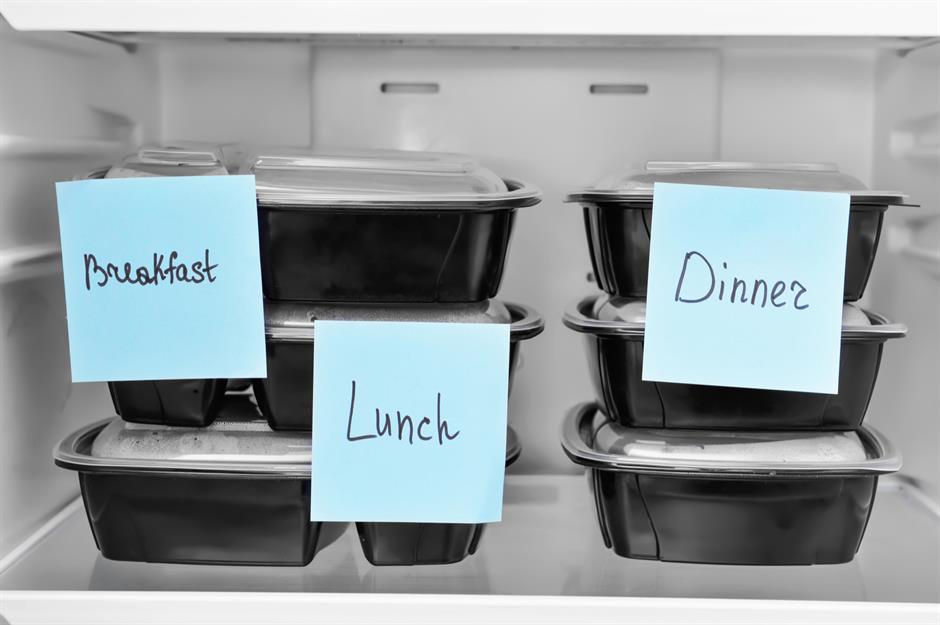
After the door, the top shelf is the second warmest section of a fridge, so keep food that has already been cooked or doesn’t need cooking here. For example, leftovers, preserved or pickled food such as jam and gherkins, and cured meats such as salami, pancetta, prosciutto and pepperoni.
Don’t keep bread in the fridge
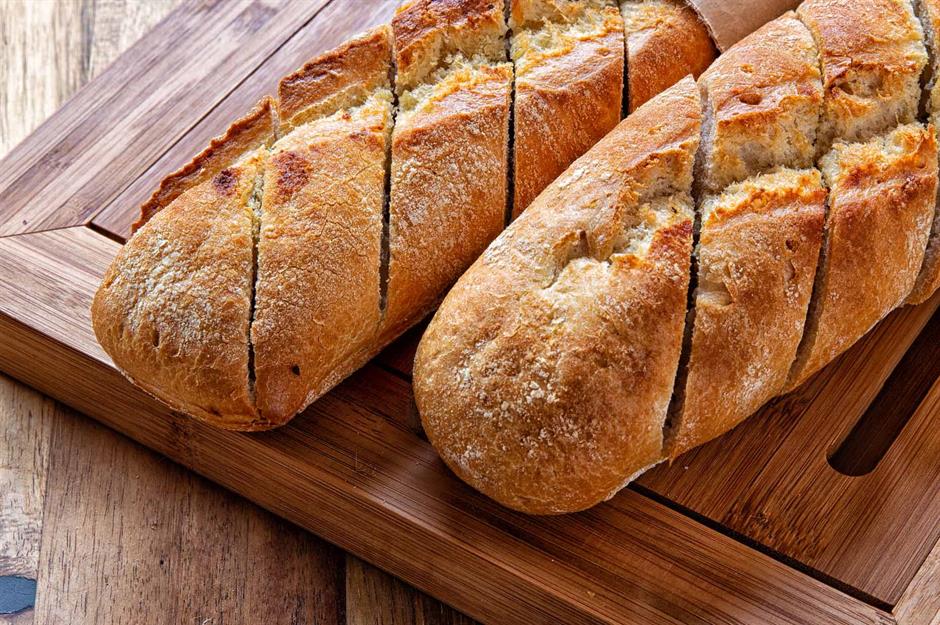
If you're going to eat all your bread within a few days, don't put it in the fridge. Cold temperatures change its texture and make it taste stale. If you plan to use a loaf over a couple of weeks, store it in the freezer. Defrost then refresh whole loaves in the oven or slice before freezing and simply pop in the toaster straight from the freezer.
Check your kitchen's temperature
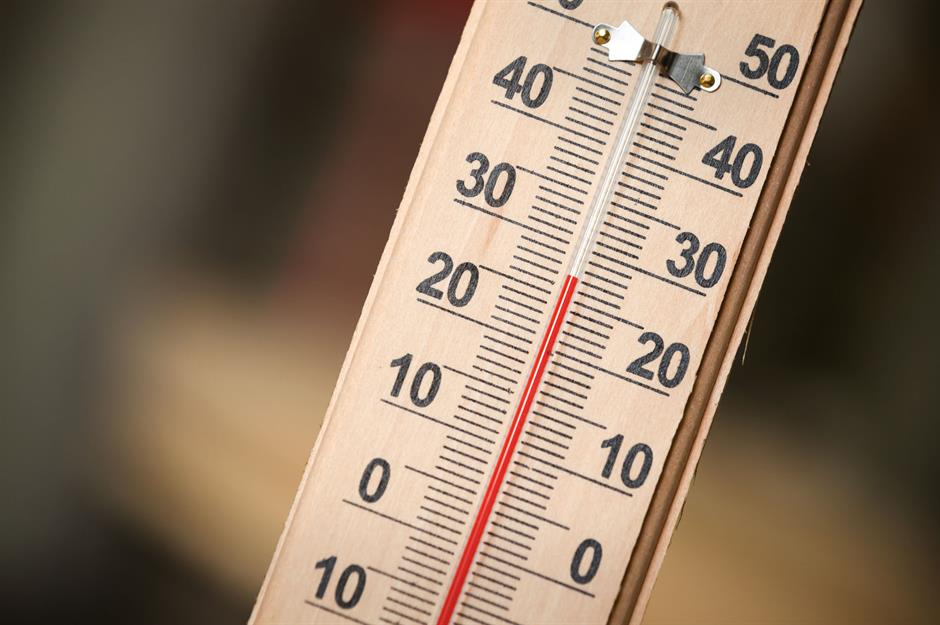
Optimise your freezer to save fridge space
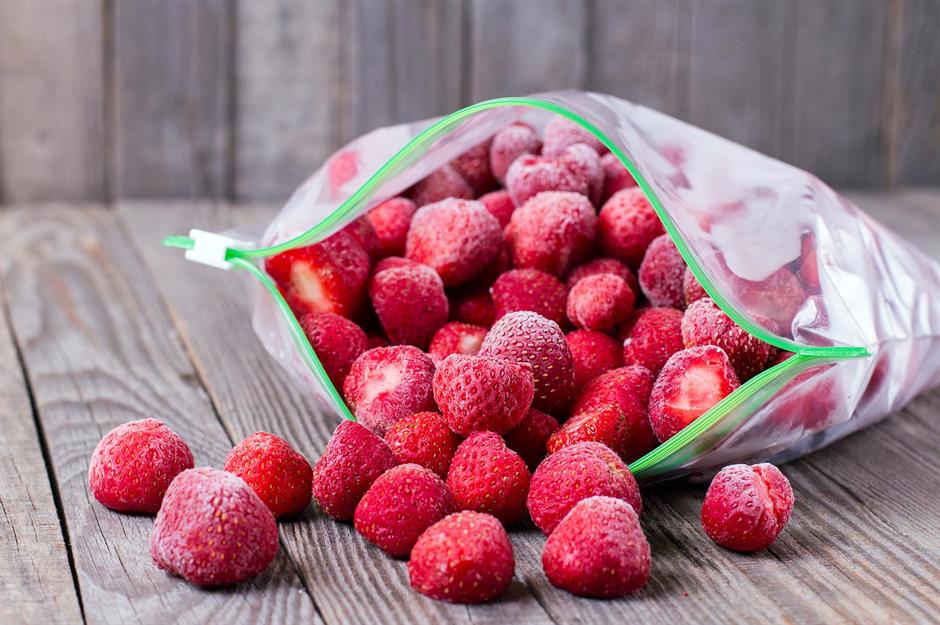
Not everything needs to go in the fridge. In fact, using your freezer is key to fresh-tasting food. If you’re not eating raw chicken or beef mince in the two days after purchasing, it should be kept below -18°C (0°F). You have three to four days to eat leftovers, otherwise they should go in the freezer. Berries, bananas, avocados slices and green veg also fare well in the freezer.
Invest in high-tech storage containers
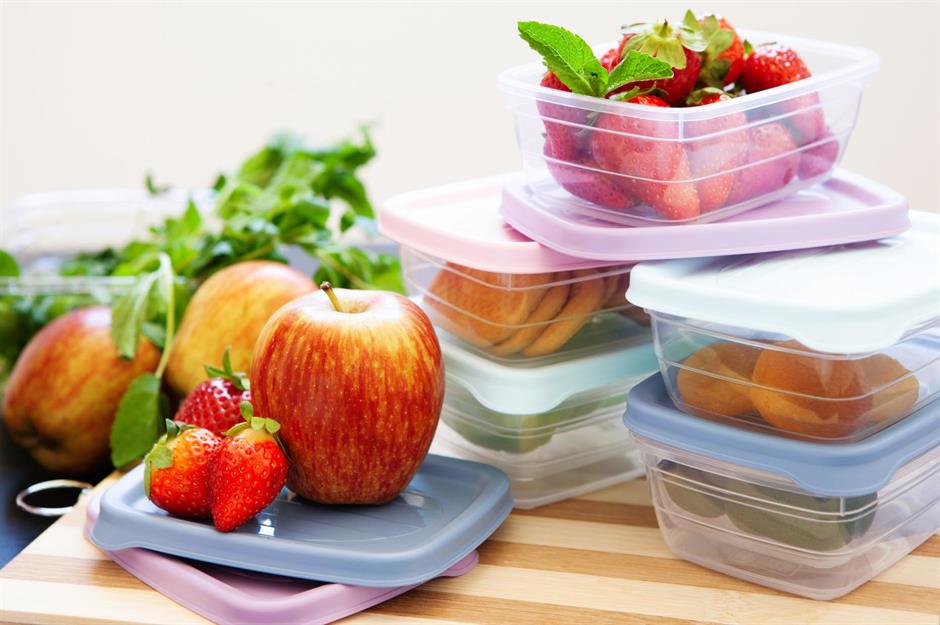
Try silicone fruit and veg covers
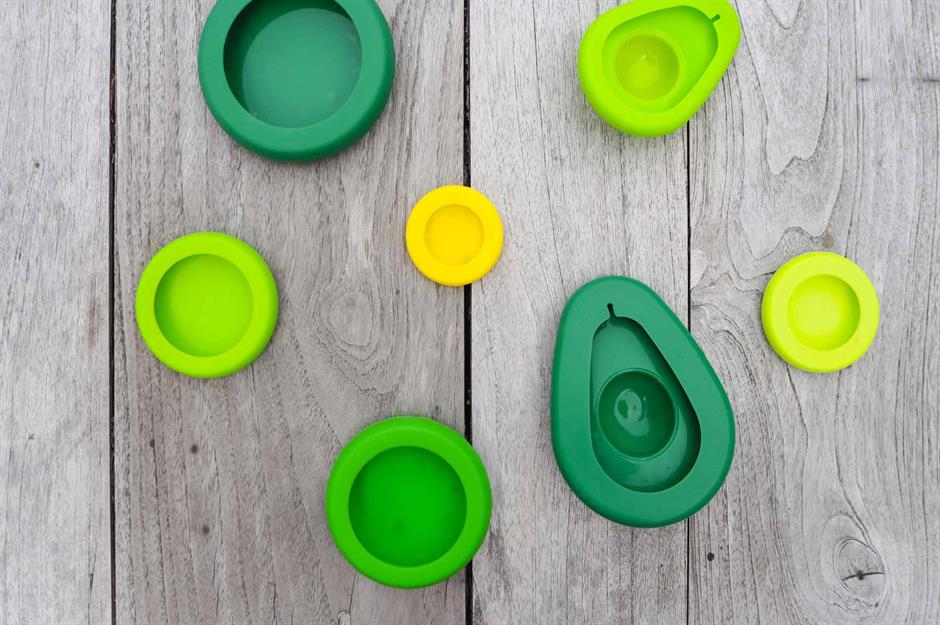
Label containers and shelves
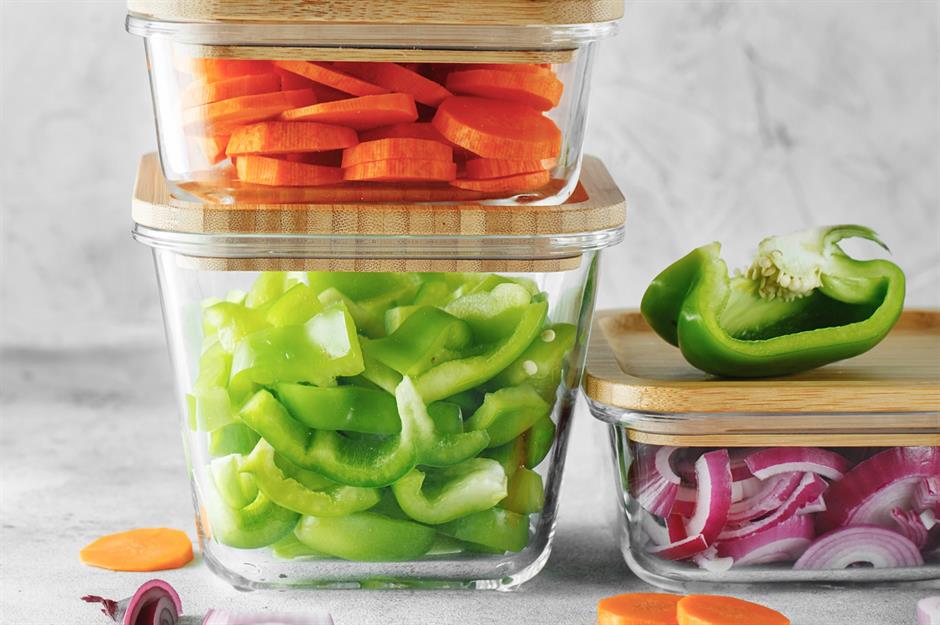
If you tend to forget what you’ve got in the fridge or when it needs eating, stick wipe-clean labels on containers or the edges of shelves. If you’d prefer to know what’s in your fridge without opening it, attach a white board to the front and list the contents, removing items as they get eaten.
This is how long you can safely store foods without getting ill
Install a wine rack
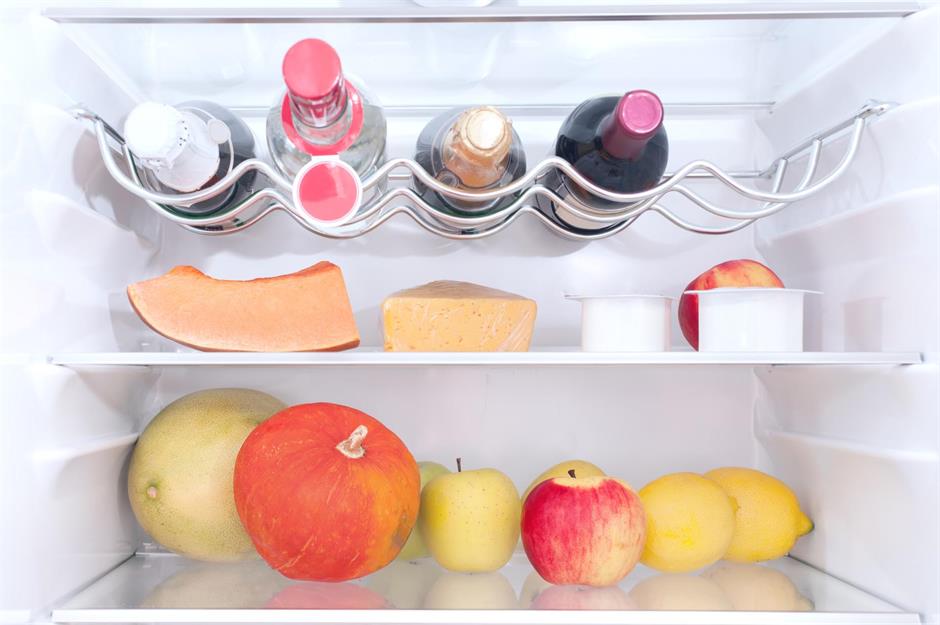
Consider a separate drinks fridge
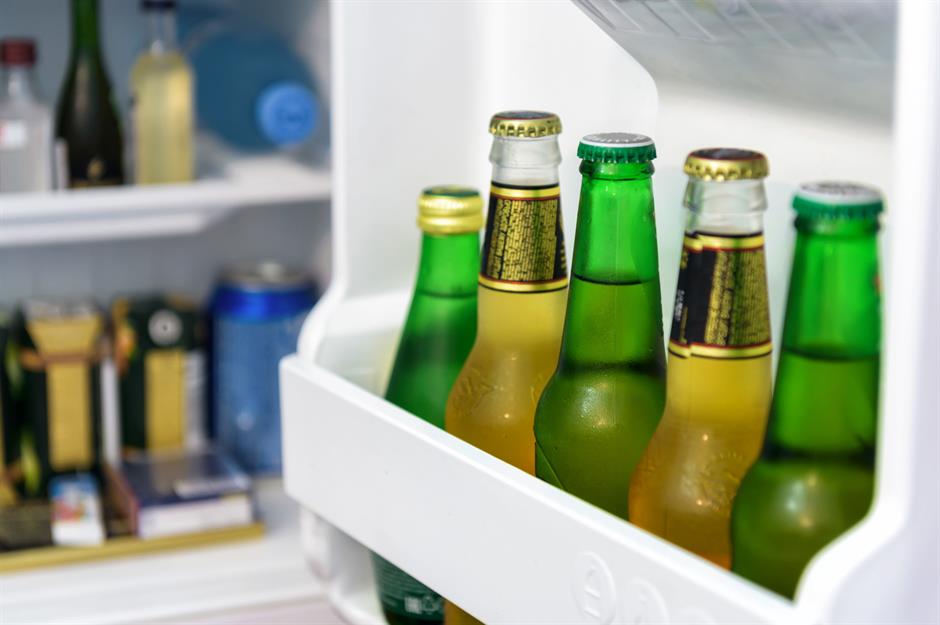
Have frequent clear-outs
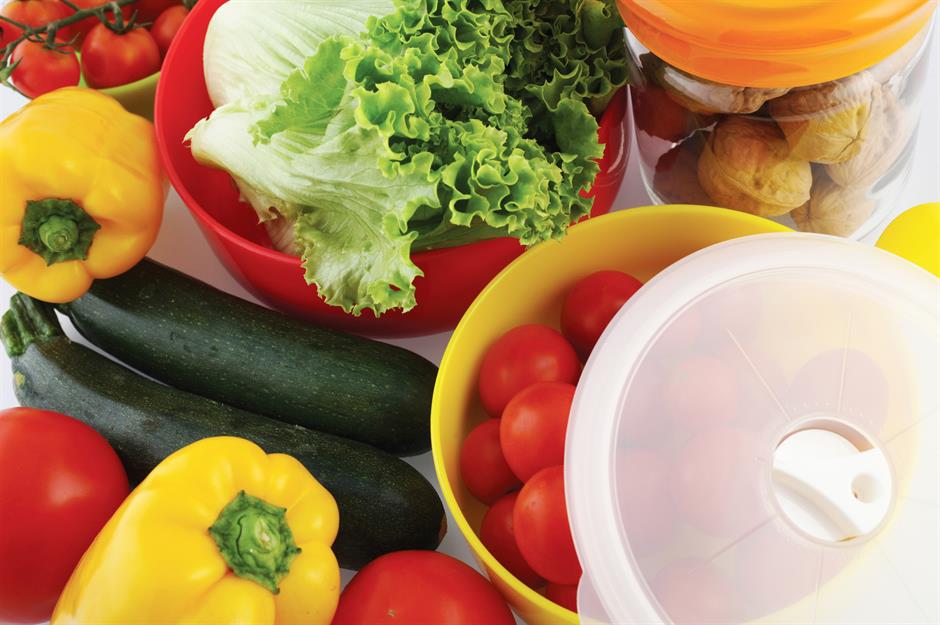
Every few days you should check what food needs eating. Don’t let it get to the point where mould grows as spores can spread to fresh food. Every few months remove the entire contents of the fridge, including condiments, and check the use-by dates. If you have an ice maker, check the manual to see how often the filter needs changing.
Always throwing food out? Discover genius hacks to make food last longer
Remove odours with baking soda
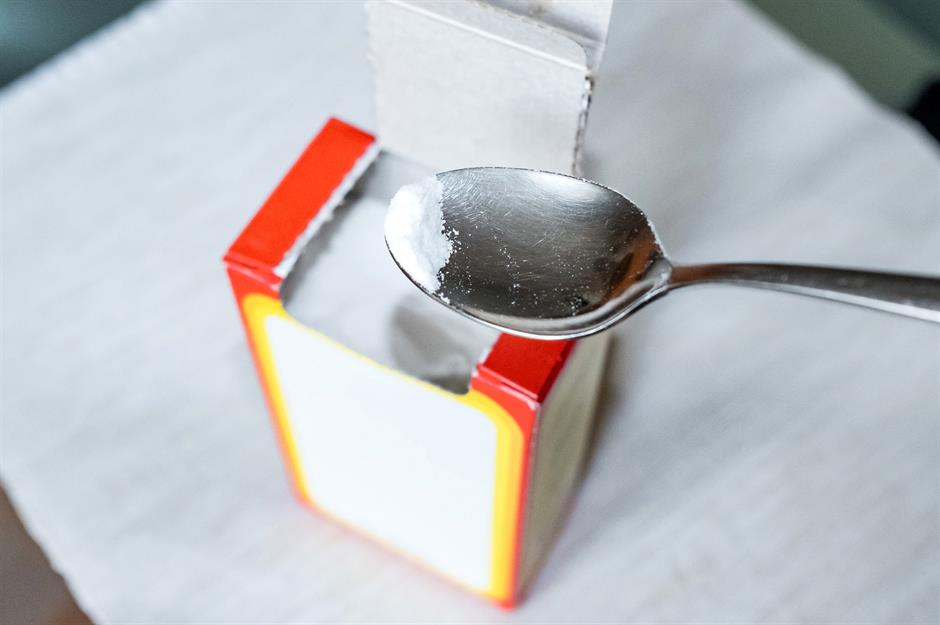
There’s a simple trick to keeping your fridge smelling fresh: an open box of baking soda. It attracts and neutralises smells, meaning they don’t ruin other food. Every few months, throw away and replace the box.
Wipe your fridge every day
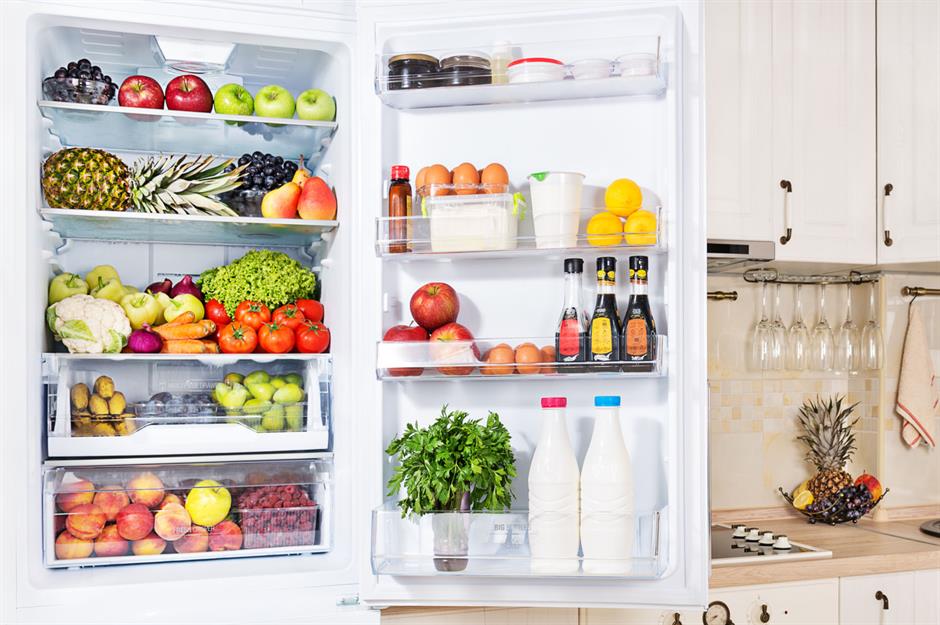
Spills should be wiped away immediately with anti-bacterial spray, rather than letting them linger. A bigger clean, including wiping down all the surfaces and drawers, should be done every few months.
Comments
Be the first to comment
Do you want to comment on this article? You need to be signed in for this feature